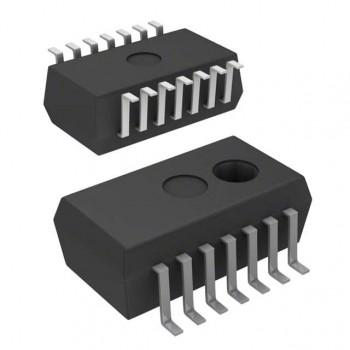Complex programmable logic devices (CPLDs) have become increasingly essential in modern electronic systems, enabling rapid design cycles and versatile functionality. As a popular alternative to traditional ASICs (Application-Specific Integrated Circuits), CPLFs offer numerous benefits to engineers and designers alike. This article aims to elucidate the working principles, key advantages, potential drawbacks, and precautions for using CPLDs in electronic projects.

Working Principle:
At the heart of any CPLD lies an array of programmable logic blocks (PLBs) and programmable interconnect points (PIPs), responsible for executing user-defined logic functions and connecting these PLBs. The PLBs contain programmable logic elements (PLEs), each comprising a combination of gates, look-up tables (LUTs), flip-flops, and additional resources. By configuring these elements, designers can implement a wide range of logic functions and digital circuits.
Advantages:
1. Versatility: CPLDs can be easily reprogrammed, making them ideal for quick prototyping and iterative design processes.
2. Low power consumption: Most CPLDs consume significantly less power than comparable FPGAs (Field-Programmable Gate Arrays), making them well-suited to battery-powered and portable devices.
3. Security: The non-volatile memory of most CPLDs retains the programmed logic even when power is lost, providing an added layer of design security.
4. Integration: CPLDs can combine multiple discrete components into a single chip, reducing component count and simplifying printed circuit board (PCB) design.
Disadvantages:
1. Limited capacity: CPLDs offer fewer resources than FPGAs, potentially limiting their use in larger, more complex designs.
2. Slower reprogramming speed: The non-volatile nature of CPLD memory results in a slower reprogramming process compared to volatile FPGA memory.
3. Higher cost per gate: While usually more affordable than ASICs, CPLDs tend to have a higher cost per gate than FPGAs.
Precautions for Use:
1. Power supply: Ensure that the input voltage levels comply with the manufacturer's specifications, as exceeding these limits could damage the CPLD.
2. Electrostatic discharge (ESD) protection: Handle CPLDs and related components with care to avoid potential damage from ESD.
3. Routing considerations: Mind the signal integrity during PCB layout design to minimize noise and interference, which could adversely impact the CPLD's performance.
4. Thermal management: Check the device's thermal requirements and provide appropriate heat sinking or cooling solutions to prevent overheating.
Conclusion:
CPLDs are powerful and adaptable electronic components that have substantially advanced the engineering and electronics landscape. With proper understanding and precautions, they can be harnessed to create robust, flexible, and efficient solutions spanning a myriad of applications and industries.
We are the professional distributor of electronic components, providing a large variety of products to save you a lot of time, effort, and cost with our efficient self-customized service. careful order preparation fast delivery service

